
The Swedish government has announced a ban on discharges from scrubbers, effective from July 1, 2025 for open systems and from January 1, 2029 for all types.
The decision applies to all vessels operating in Swedish territorial waters, marking a significant shift in policy aimed at protecting marine ecosystems.
Minister of Infrastructure and Housing, Andreas Carlson, stated: "We are now banning ships from discharging scrubber water into Swedish waters. Most Swedish shipowners already run on fuel with a low enough sulphur content to not need scrubbers. But with this decision, no ships that operate in our seas are allowed to discharge scrubber water into Swedish territorial waters."
Ship scrubbers are designed to remove harmful pollutants from exhaust gases, thus lowering sulphur emissions. However, scrubbers with open systems discharge treated wash water, which contains various pollutants, directly into the sea. Closed systems, while preventing direct discharge, still produce drain water that can contain hazardous substances.
According to Minister of Climate and Environment, Romina Pourmokhtari, "Emissions from ship scrubbers are — even in very low concentrations — harmful to our marine environment." She added that the use of these systems increases overall fuel consumption by approximately 2-3 percent, contributing further to carbon dioxide emissions.
The government's decision aligns with its marine environment bill, which includes a memorandum submitted in June 2024 proposing a regulatory change. The amendments needed for the ban to take effect have now been approved.
As noted, the discharges from open ship scrubbers to water will be prohibited by mid-2025, while a total prohibition on discharges from all types of scrubbers to water will come into effect in early 2029.
This ban is part of broader regional initiatives on marine environmental protection. Alongside Sweden, Finland has implemented similar prohibitions, and Denmark is also moving towards a future ban on scrubber discharges.
The Swedish government says it is continuing to engage in international discussions to promote emission reductions across larger maritime areas, aiming to extend these protective measures beyond national waters.
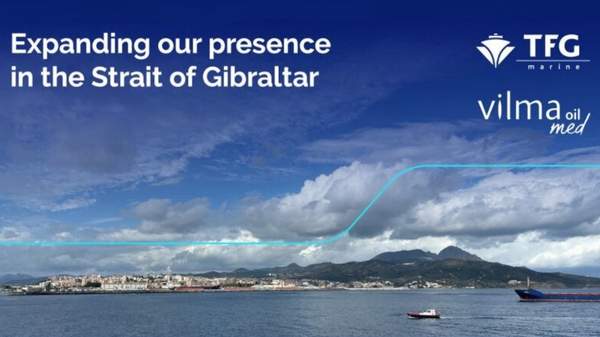
|
Vilma Oil Med expands Ceuta bunkering operations with biofuel capability
TFG Marine subsidiary increases storage to 120,000 cbm and adds IMO II chemical tanker. |
|
|
|
||
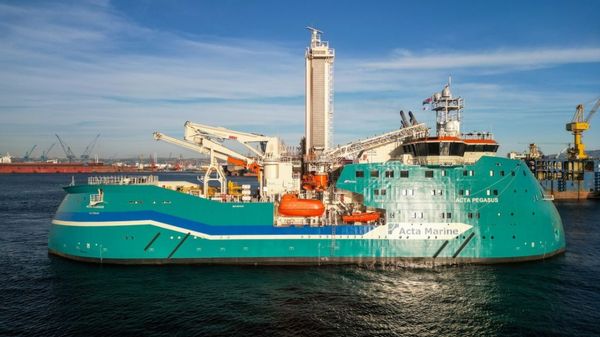
|
Acta Marine takes delivery of methanol-ready offshore wind vessel Acta Pegasus
Vessel features dual-fuel engines and battery storage for French offshore wind operations. |
|
|
|
||
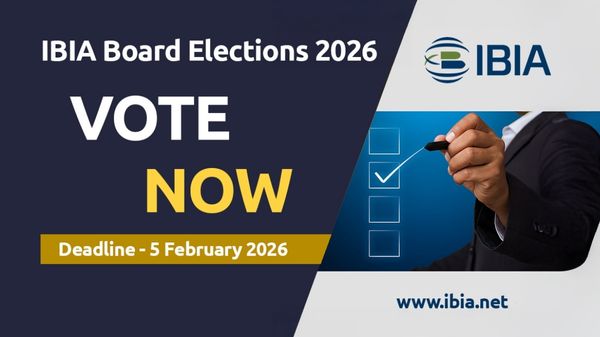
|
IBIA opens voting for board elections with 11 candidates competing for four positions
Members have until 5 February to vote, with results to be announced at AGM. |
|
|
|
||
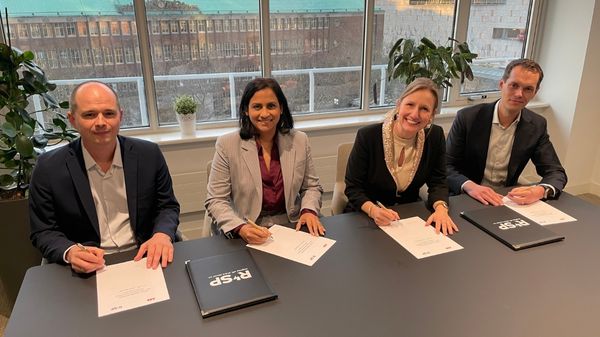
|
Rotterdam Shore Power selects ABB for world's largest shore power project
ABB to engineer shore power systems with over 100MVA capacity at Europe's largest port. |
|
|
|
||
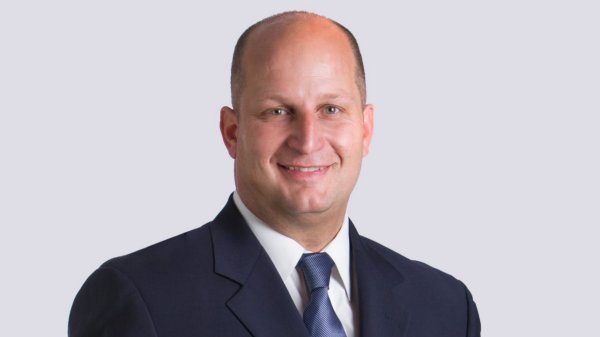
|
Michael Cammarata appointed managing director of Glander International Bunkering's Florida office
Cammarata succeeds Larry Messina, who will step down after 34 years in the role. |
|
|
|
||
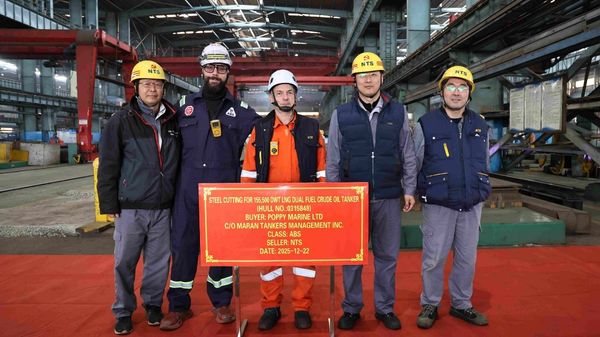
|
Steel cutting begins on LNG dual-fuel Aframax tanker
Chinese yard cuts steel for 155,500-dwt crude carrier. |
|
|
|
||
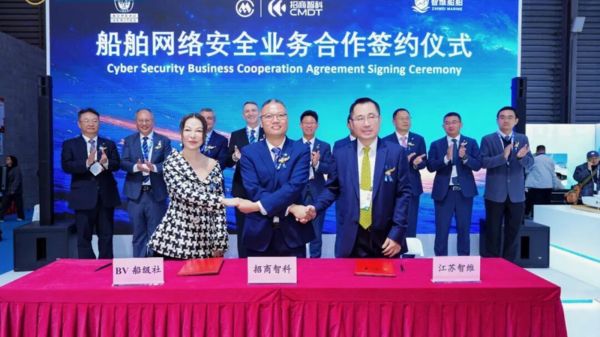
|
Bureau Veritas and CMHI sign agreements to advance green and smart shipping solutions
Classification society and Chinese shipbuilder strengthen partnership with cybersecurity and alternative fuel certifications. |
|
|
|
||
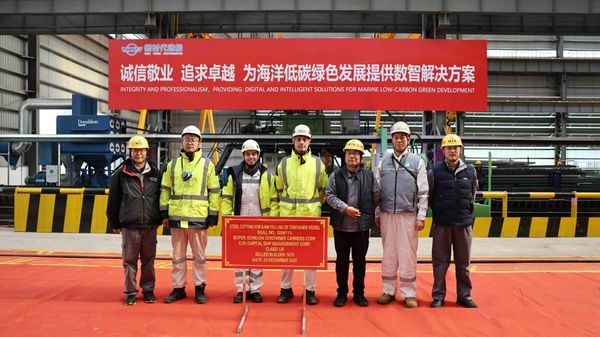
|
Steel cutting begins on 8,400-teu LNG dual-fuel container vessel
Chinese yard commences construction on LNG-powered container ship with Lloyd's Register oversight. |
|
|
|
||
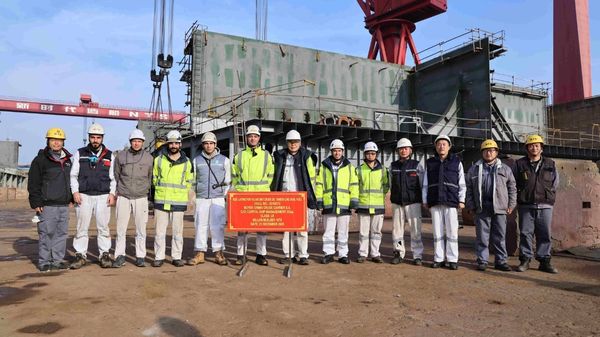
|
Keel laid for LNG dual-fuel crude oil tanker in China
Ceremony held on 23 December for LNG-capable tanker under Lloyd’s Register class. |
|
|
|
||
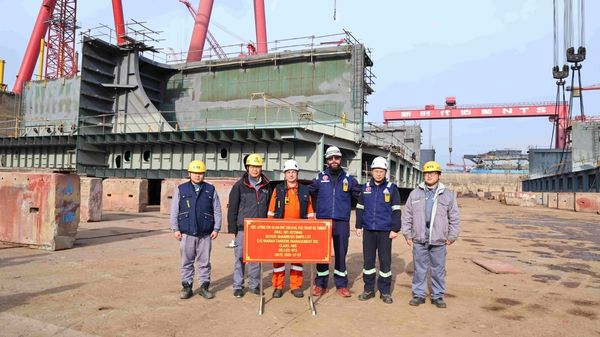
|
Keel laid for 155,500-dwt LNG dual-fuel crude oil tanker
Chinese shipyard begins construction on Suezmax tanker, with Maran and ABS staff in attendance. |
|
|
|
||
| ScanOcean and Neste launch lower-emission gasoil in Sweden [News & Insights] |